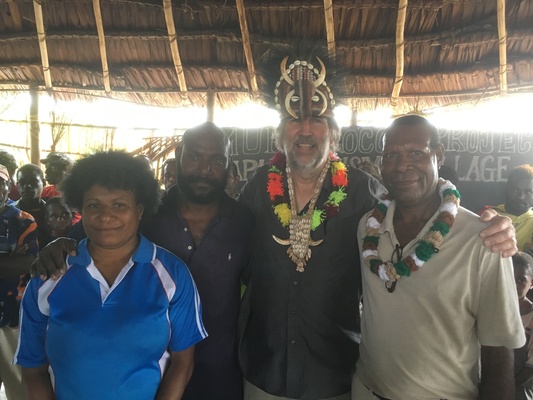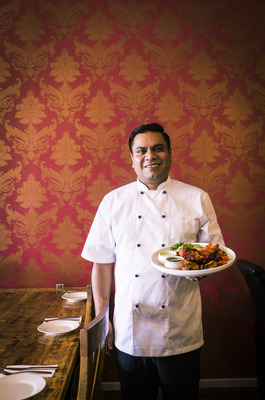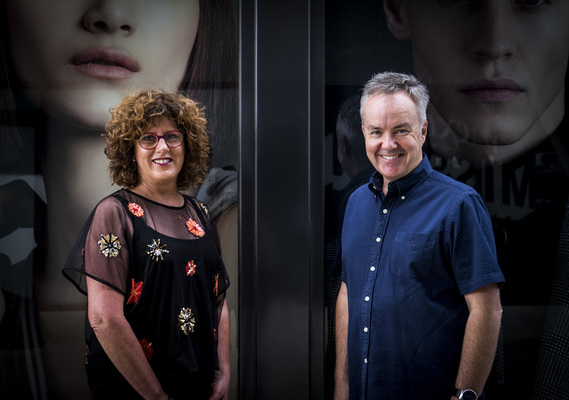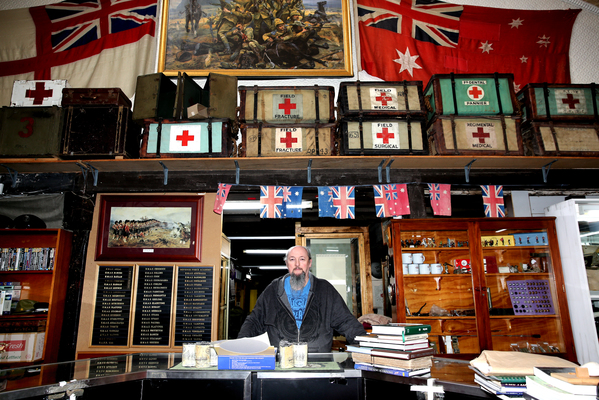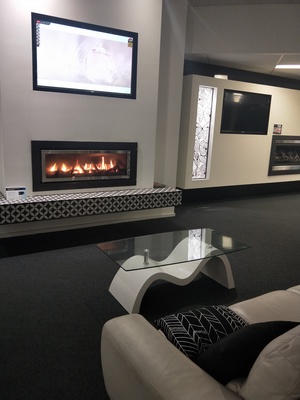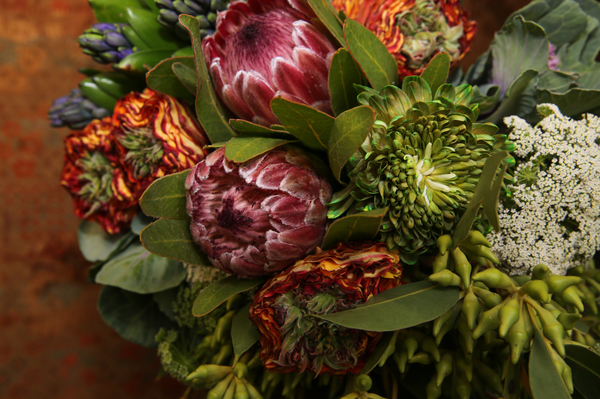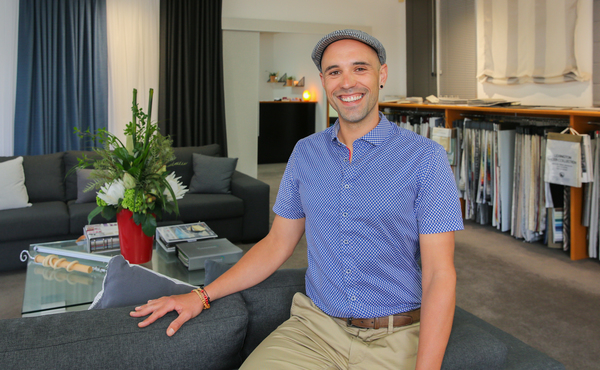Point Henry conjures up images of giant power lines, salt works and the now-dormant Alcoa aluminium smelter, writes Ocean Grove historian Susie Zada.
But after scratching a little below the surface, she discovers one of the most fascinating historical sites in Geelong.
Point Henry was a bustling hub of trade and new arrivals in the 19th century, as Victoria’s then second-largest immigration port.
But few remember its opulent tea gardens, a tourist mecca where up to 70,000 a year danced, raced horses and shot pigeons overlooking Corio Bay.
The commander of a brig named Henry, which surveyed Geelong harbour on 16 June 1836, named the point after the ship.
Some historians argue a Navy Lieutenant by the same name was responsible but various references confirm otherwise.
Shortly after, Point Henry was the landing point for sheep from Van Diemen’s Land (now Tasmania) for early settlers including Alexander Thomson, Joseph Sutherland, and Thomas Manifold.
In July 1837 first Police Magistrate to Port Phillip, William Londsale, received a request to establish a store and inn at Point Henry.
A lack of fresh water supply curtailed plans for a town in Point Henry but did little to prevent it from becoming a tourist destination.
On 28 June 1849 the Geelong Advertiser announced the opening of Point Henry Tea Gardens for 1 October.
The proprietor had “spared no expense” in creating a “paradise,” according to the announcement.
Visitors would be able to see the ships “gliding majestically on the water’s surface,” to carry wool and Barrabool ore back to “our beloved sovereign,” it read.
At the time Point Henry had become a massive export port due to Geelong receiving free port status in 1841.
Ships from England, Singapore and across the world took advantage of the tariff-free port.
Reports described the new gardens as “picturesque in the extreme”, a resort for invalids and holiday-makers with a “luxuriant growth” of flowers and shrubs.
The gardens operated for more than four decades under names including the Bellarine Tea Gardens and the California Tea Gardens.
In 1871 the Henshaw family planted about 2,000 trees, laid flower beds and built a pavilion and extra bedchambers, renaming the site the Victoria Tea Gardens.
The Henshaws also bought a camera obscura for tourists to capture the panoramic views of Corio Bay and opened a new pier on 9 November 1871 – the birthday of the Prince of Wales.
The new pier became the subject of an amusing accident in December, when a rail gave way dumping 20 patrons into the bay as they waited for their boats.
“Fortunately, it was low tide, the water was only about eighteen inches in depth, and beyond the discomfort of a slight wetting there was little to complain of,” a reporter wrote at the time.
The same month a yacht capsized about half a mile from the beach forcing “five pleasure-seekers and the old boatman” to “swim for their lives,” they wrote.
The reporter neglected to comment on the numerous spectators likely watching in amusement from the gardens on the bluff above.
The Henshaws stocked the cellar with fine wines and built a tank to hold 10,000 gallons (37,000 litres) of rain water.
But the number of visitors on Christmas Day and Boxing Day was “far beyond” their expectations, making their preparations “scarcely adequate,” the reporter wrote.
Picnickers at the gardens ate strawberries and cream and shrimps a la Greenwich while enjoying the panoramic views and the blue waters of Corio Bay.
Activities at the gardens included horse and athletic events, shooting, quoits, music and dancing.
The proprietors reported 70,000 visitors from Melbourne and Geelong some years, despite the gardens only being open for a six to eight weeks some summers.
Owner of the Port Phillip Bay steamer fleet, William Smith, bought the gardens and built the beautiful Bellarine Hotel in 1891.
He also built extra jetties, summer houses and even an aquarium.
The depression of the 1890s saw the demise of the gardens, with Point Henry becoming the home Cheetham Salt works.
Smith built a farm at the turn of the century, growing vegetables and raising livestock to provision his fleet of ships.
In 1940 harbour authorities built a signal station to control the growing shipping traffic and in 1961, after decades of farming, Point Henry became home to the Alcoa smelter.
Today visitors can look north from the signal station to see the same vista their ancestors saw in the 1830s, without the intrusion of modern structures.
To attend one of Susie Zada’s historic presentation phone Kings Funerals on 5248 3444 or visit kingsfunerals.com.au/community.



